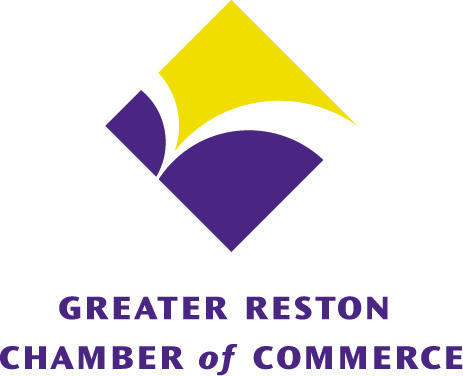Step 1: Define Your Organization’s Goals
There is an ancient saying: If you know your destination, you are more likely to reach it. The first step is to define the goals and what would you like to achieve.
- What are the evaluation targets? Specific numbers and percentages
- Are the targets sound and defensible
- What specific increases or decreases in program services is your organization seeking
Step 2: Don’t Look Through Rose –Colored Glasses
Separate fact from fiction, reality from illusion. Put aside nostalgia and look at the current reality. Are there similar programs and services being delivered by other organizations?
- Who are the primary competitors
- What does your program and/or service offer that your competitors do not
- Why is there a need for your particular organization to provide this program
- What has been learned from the strengths, weaknesses, successes and failures of other similar programs
Step 3: Look under the Hood
You would not buy a used car without looking under the hood – or at least reading the specs. Look under the hood – read the specs of your organization. Here are some things to consider:
- A review of the organization’s vision and mission statements
- What is the market demand? Who (individuals, groups or organizations) wants your organization’s program and services? How do you know
- Who will participate in the program? How do you know
- What is the plan to increase the market demand for your program and services
Step 4: Select the Best
A number of non-profits offer a range of programs and services, many of which are deserving of support. Select the best program that will reach your key target audiences.
- Have core messages, the 30 second “elevator speech” a layman’s description of theprogram
- Develop interpretive materials
- Who are the leaders the organization will cultivate to advocate for your program
Step 5: Opposition and Obstacles
What are the criticisms of or objections to the program offerings? Identify who does or might oppose the organization’s programs. Determine the strength of that opposition and outline how it will be addressed.
Step 6: Formulate a Partnership and Alliance
Non-profits are not unlike other organizations. They have their own rules, politics, and protocols. The leadership of the organization decides who they will partner with to develop and deliver program service areas. A clear rationale for the partnership should be communicated to the program recipients via the organization’s communication vehicles.
Step 7: Model for Philanthropic Success
The success of this model is predicated on a sound vision and mission, program excellence, strategic business objectives, marketing and communications plan, fund development plan, team building, innovation, partnerships, good management, fiscal conservatism and results orientation.
By Iris B. Britt, President , Iris Britt Consulting LLC
